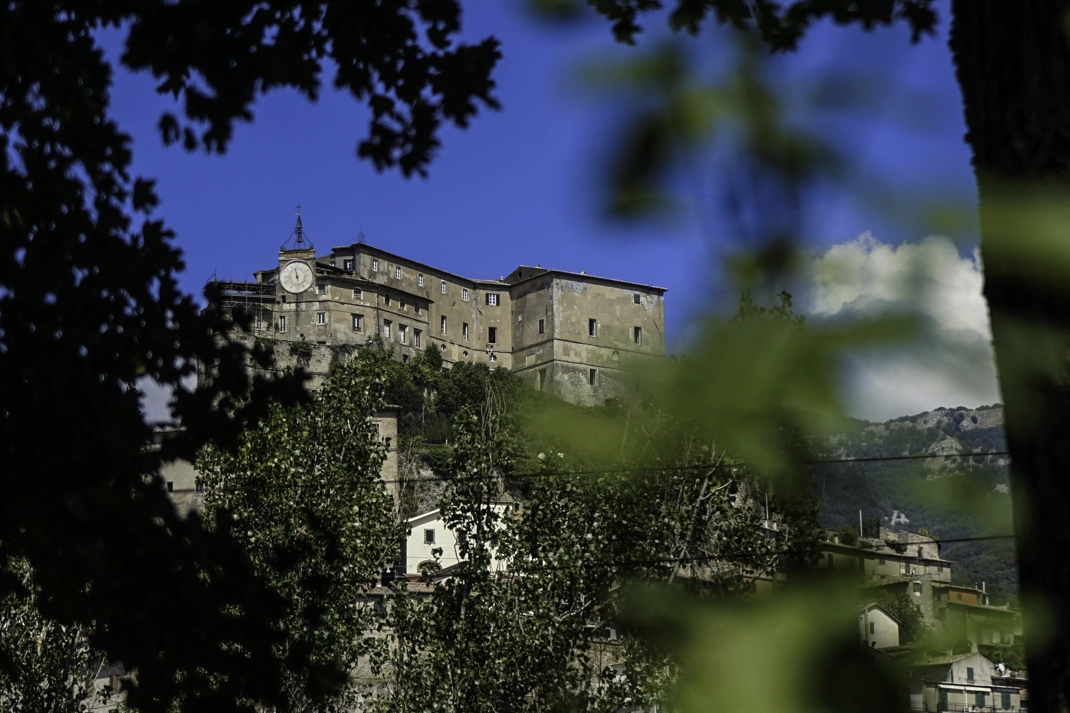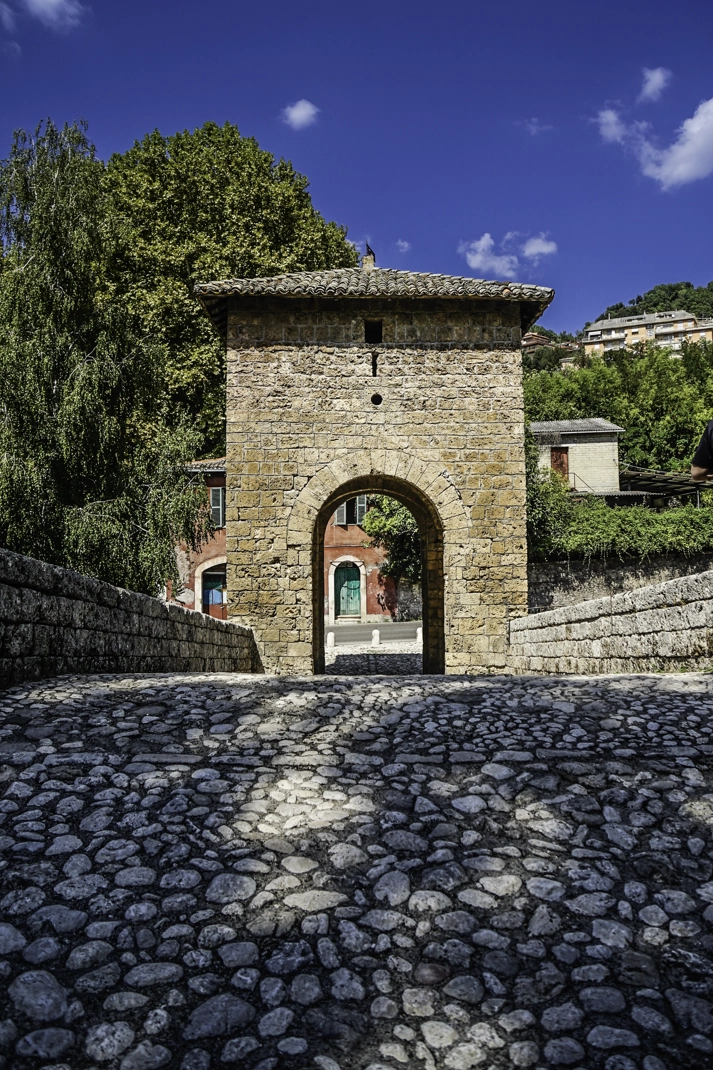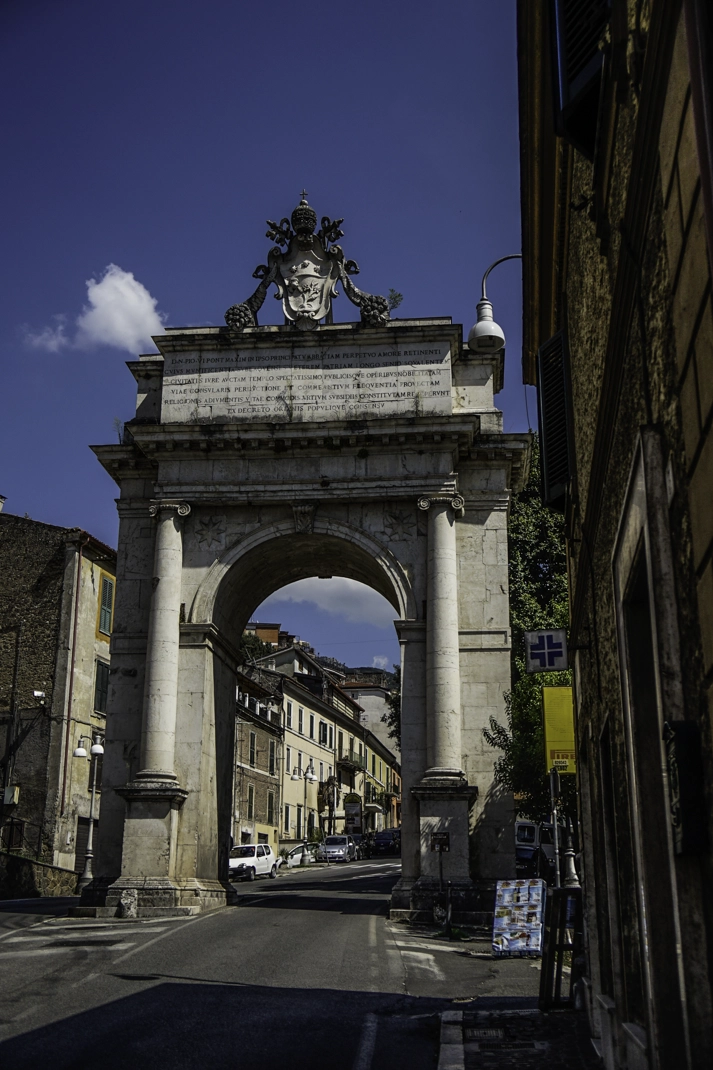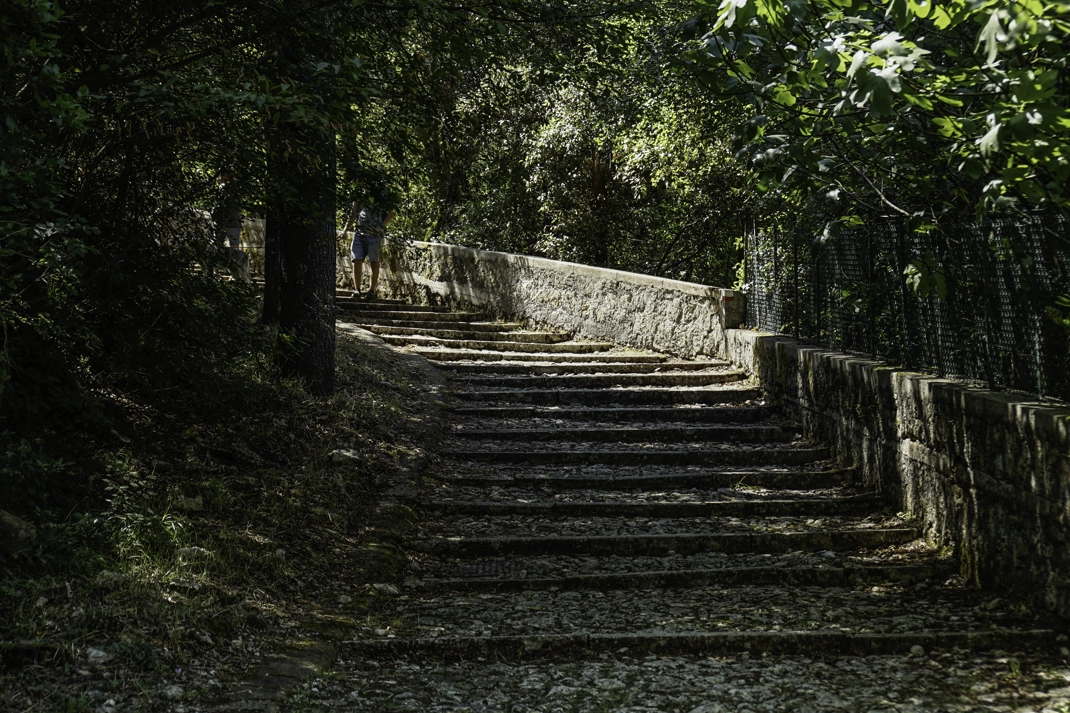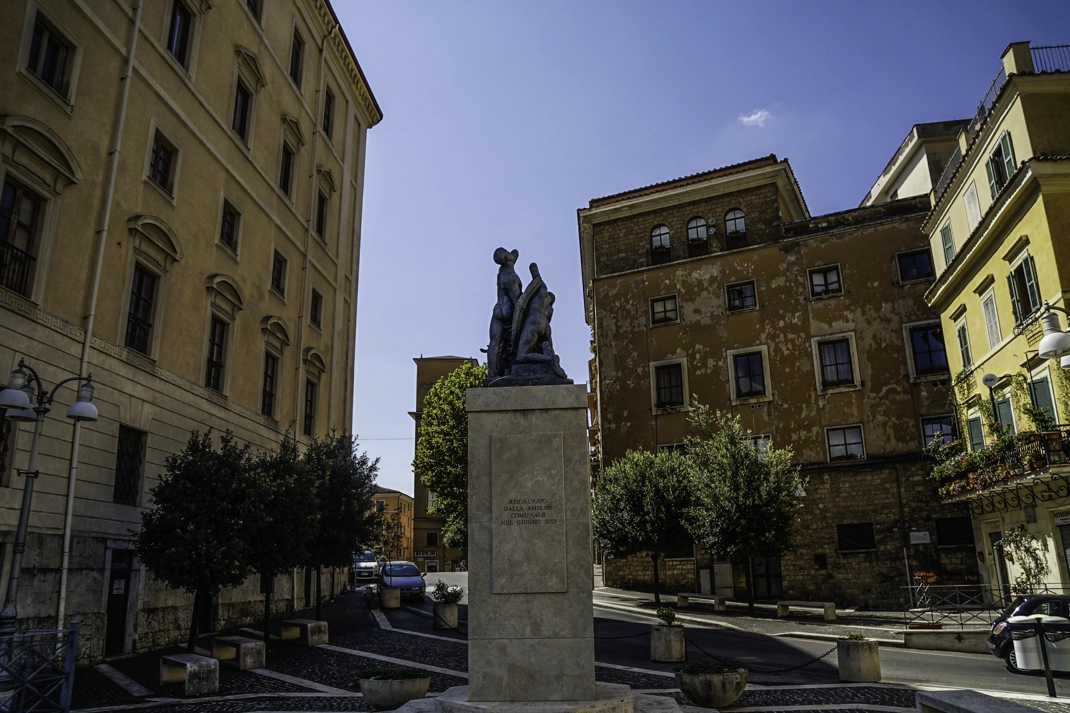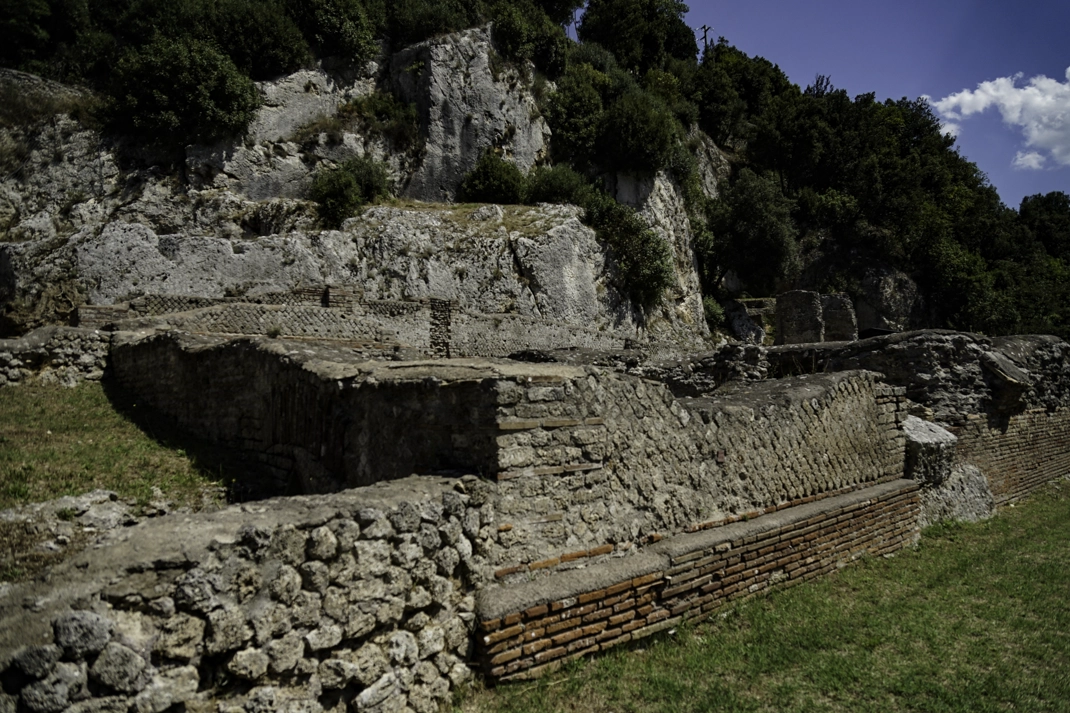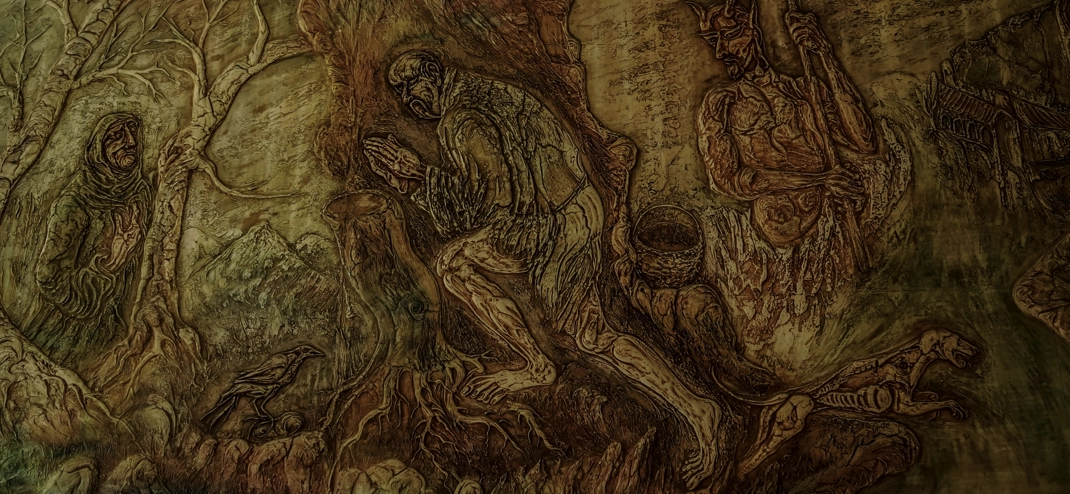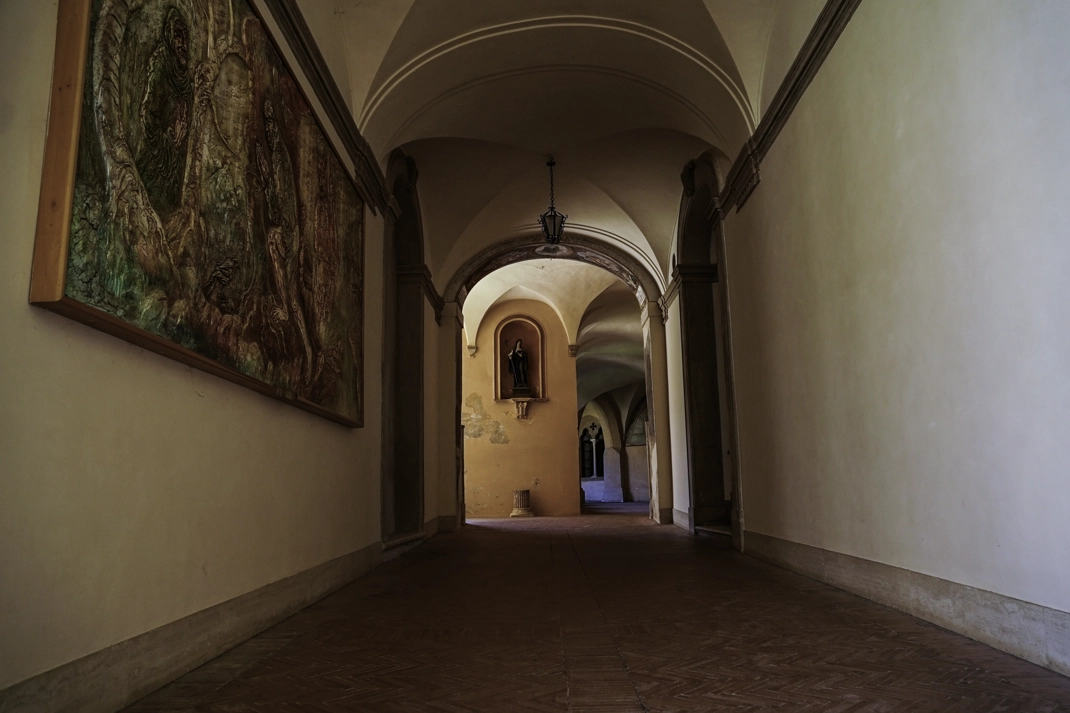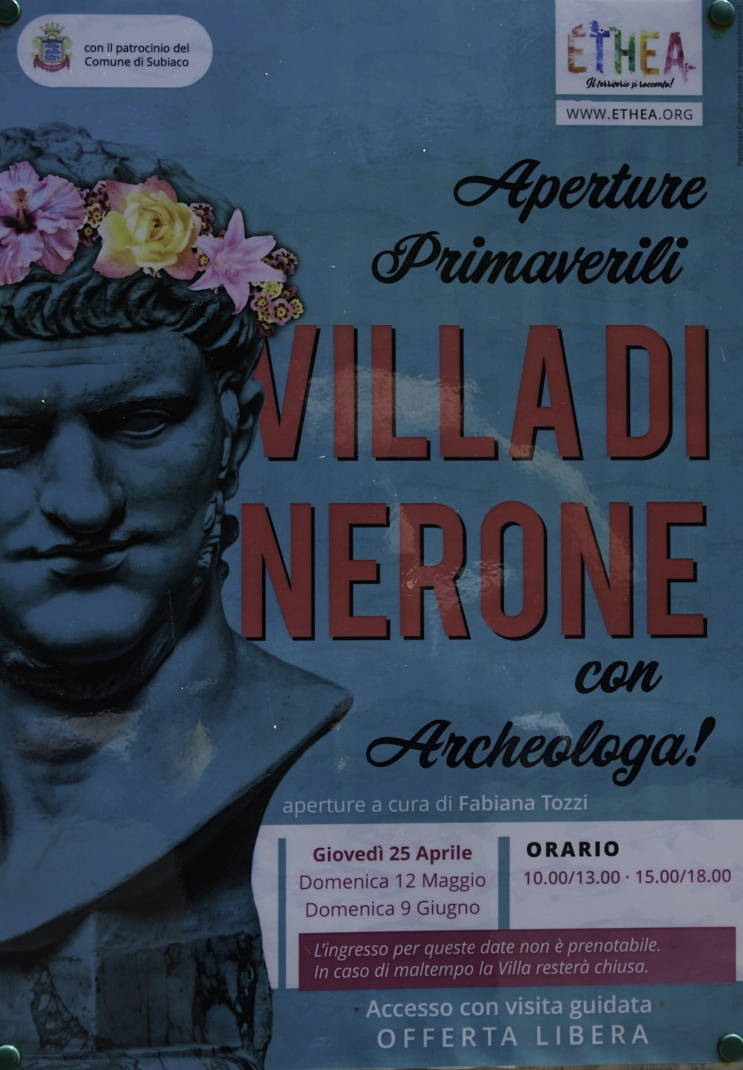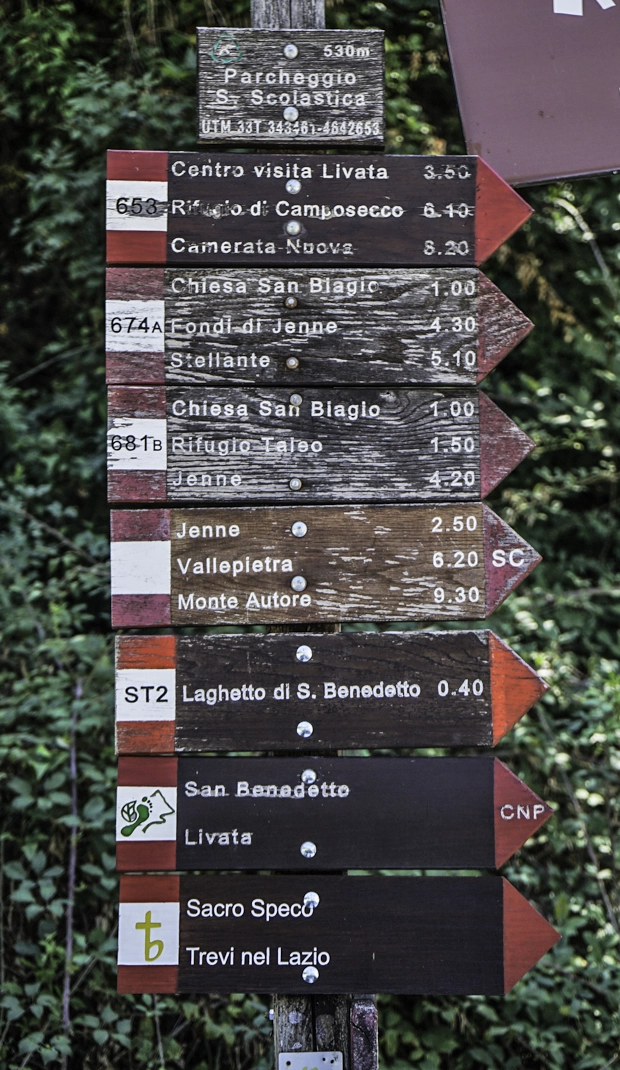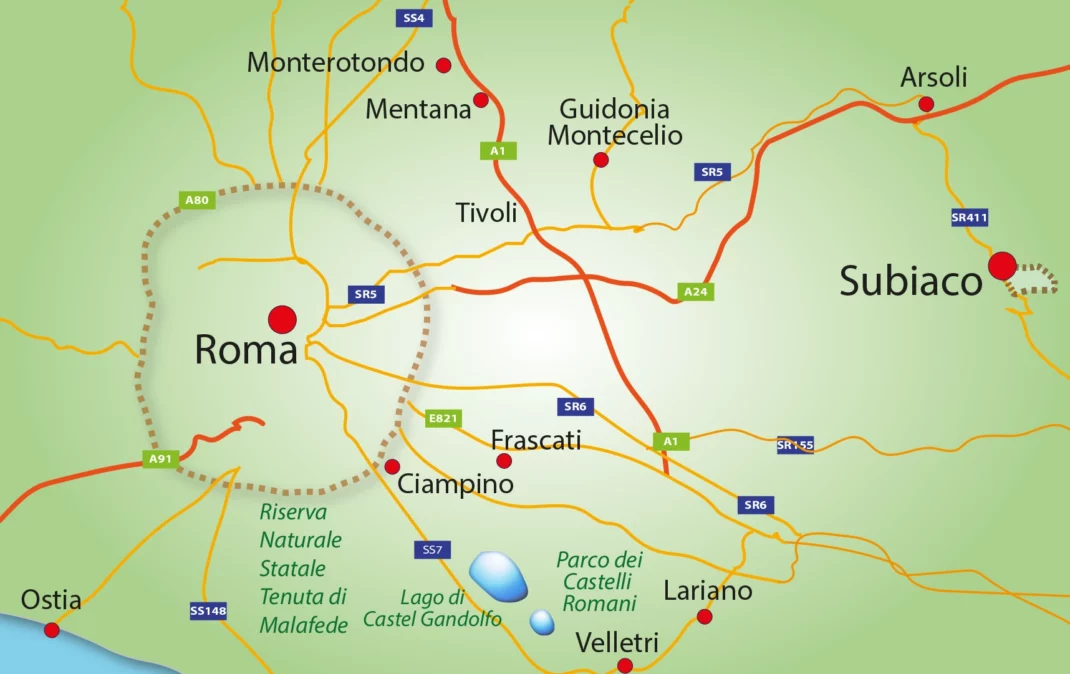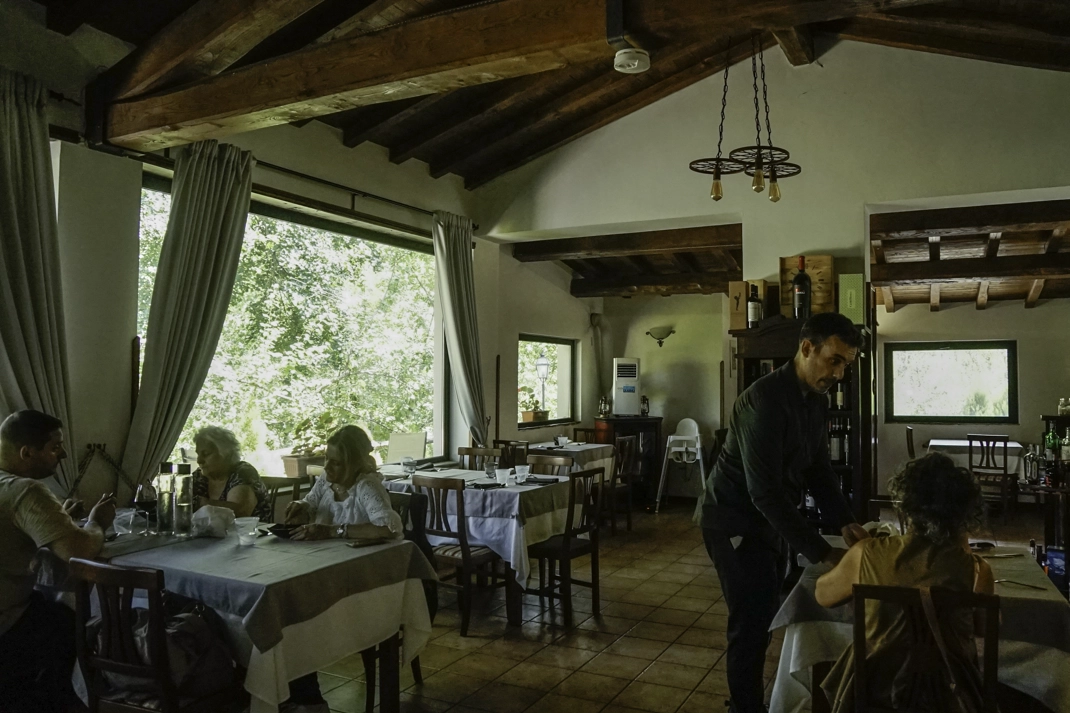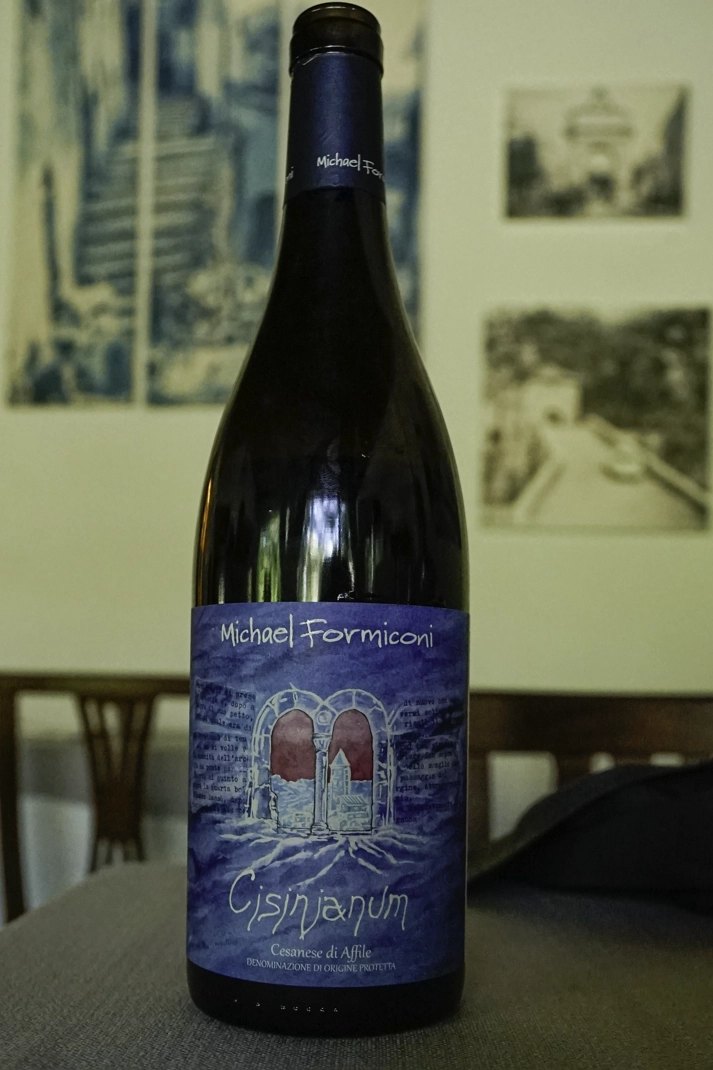

Subiaco: Gina Lollobrigida’s hometown still a draw
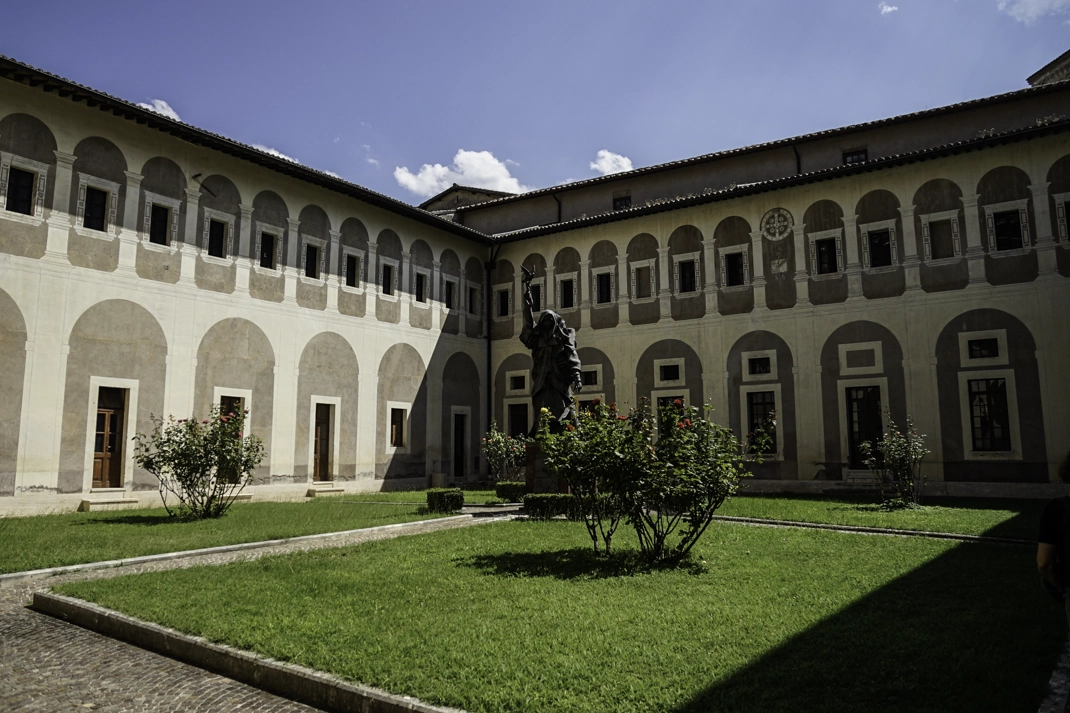
She was nearly as Hollywood as she was Italian. Gina Lollobrigida graced the silver screen and men’s walls through the middle of the 20th century, and her birthplace isn’t even the biggest draw in her hometown.
Subiaco sits on a hill 40 miles east of Rome and is listed on the I Borghi Piu Bella d’Italia (The Most Beautiful Villages of Italy). Its old town is a warren of narrow alleys lined with sidewalk cafes and boutique shops. But the biggest attraction is Abbey Santa Scolastica, a huge working abbey with beautiful views of the Lazio countryside.
If you drive about 20 miles east of town, you can visit Santuario Sacro Speco, a Benedictine abbey from the 11th century. Subiaco also serves as the trailhead for numerous hikes around the area. Maybe that’s how Gina kept in shape.
Things to do
1 • Abbey of Saint Scholastica.
Connected to Sacro Speco spiritually if not physically, the abbey sits high on a hill on the eastern edge of town.
Dating back to the 6th century, it’s dedicated to St. Benedict of Norcia who came here on his first hermitage. It survived two attacks by the Saracens to become what it looks like today in the 10th century. It’s part of the Subiaco Congregation, a group of 64 male Benedictine monasteries on five continents.
Walking down from the parking lot up the hill, we passed under the bridge that connects the abbey to the other side of the narrow road. The front courtyard offers a terrific view of the surrounding countryside and gorge below.
The abbey consists of three cloisters in cosmetic, Gothic and Renaissance styles. In the first courtyard is a huge statue of a hooded Saint Benedict holding a bird. The outdoor hallway around the courtyard features a metal panel with holy men and the city in the background, similar to the scene you see from the courtyard. The second floor holds the office where the first printer in Italy operated in 1467.
Info: Piazzale Santa Scholastica, 39-07-748-2421,
https://www.benedettini-subiaco.org/,
9:30 a.m.-12:15 p.m., 3:30-5:15 p.m.
Free tours in English and Italian.
2 • Nero’s Villa: Depending on where you read it, Nero (54-68 AD) was one of the worst emperors of Ancient Rome or one of the most misrepresented. Whatever, he knew how to build lavish homes.
His biggest is in his hometown of Anzio on the Tyrrhenian Sea south of Rome. But he also had one a mile east of Subiaco, and it was considered one of the most beautiful in the empire. Nero dammed the Aniene River in three spots, creating three artificial lakes.
It birthed the word sublaqueum, from which the town’s name, Subiaco, came. Flooding destroyed the lakes in 1305. Today there is little left except some stone foundations and a rocky backdrop. When we visited, the area was fenced off as two temporary roofs protected archaeological digs. But you see a similar view Nero had of the forest and river.
3 • Hiking. Southeast Lazio is a wonderful place for hiking. It’s never crowded and the trails traverse hills overlooking forests, vineyards and gorges.
Behind Saint Scholastica is a sign post with directions and distances to various points of interest in the area.
They range from 40 minutes to the little Lake of Santa Benedetto to 9 ½ hours to Monte Autore. The trails are wide and well marked.
Gina Lollobrigida
Her father was a furniture maker and he obviously did quite well. Her childhood home is high in the town, on a narrow street in the middle of Subiaco’s Centro Storico.
She grew up there until she was 18 when the family moved to Rome where she took singing lessons and entered beauty contests. She finished third in the 1947 Miss Italy. In 1950 Howard Hughes discovered her and signed her to a three-picture deal but after a late dispute, she decided to stay in Europe.
She leapt to stardom in 1953 when she starred in Pane, Amore e Fantasia (Bread, Love and Dreams). Dubbed “The most beautiful woman in the world” after a film she appeared in by the same name, she was nominated three times for Golden Globe awards and won once. Later, she became a photojournalist who scored an epic interview with Fidel Castro in 1970.
She spent her later years in a lavish villa on Rome’s Appia Antica. Her childhood home is now a B&B called Casa Vacanze Lollobrigida on Via del Torrione 58 (39-348-392-9546)..

Where is it:
40 miles (73 kilometers) east of Rome.
How to get there: Buses leave from Rome’s Tiburtina station.
The 80-minute journey, with one change, is €3-€5.
For more information:
Ufficio Turismo, Corso Cesare Battisti 37, 39-07-748-5050,
https://www.subiacoturismo.it/,
10 a.m.-1 p.m. 2:30-5:30 p.m. Friday-Sunday.

